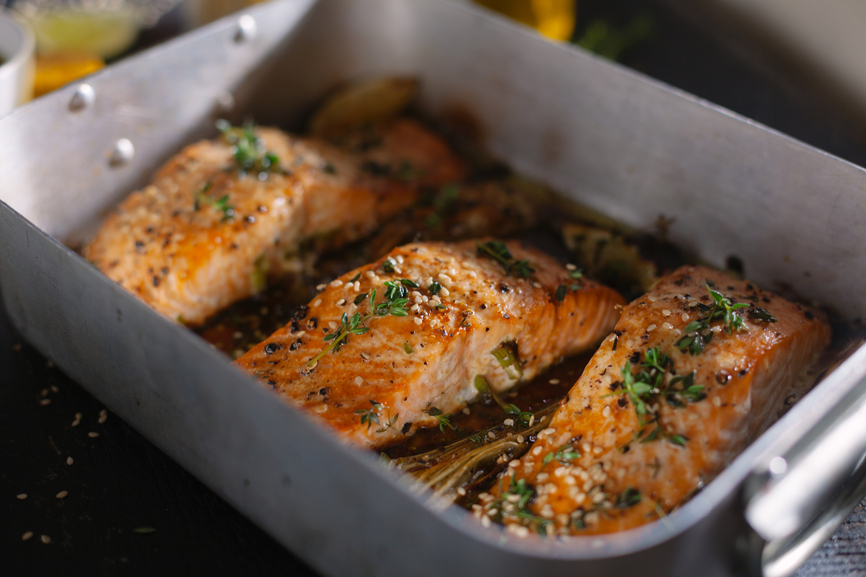It’s hard not to notice that the days are getting shorter by the minute and sunshine may be harder to come by in the approaching months of fall and winter. But there are a number of ways to get our daily dose of Vitamin D, even when the sun goes into hiding.
Vitamin D is known for its ability to assist the body in absorbing calcium, iron, magnesium, phosphate and zinc. It may also protect against osteoporosis, diabetes, high blood pressure, cancer and other diseases, according to the Mayo Clinic. Older adults are at greater risk for insufficient Vitamin D levels because skin does not synthesize Vitamin D as efficiently with age and seniors are likely to spent more time indoors.
Although we can increase the body’s production of Vitamin D through sun exposure, it is also founds in several foods including fatty fish such as salmon, tuna or trout, eggs, mushrooms(sun grown), fortified milk and cod liver oil.
Health Canada’s daily recommended allowance for adults 51-70 is 600 IU (International Units) and 800 IU over the age of 70, however, exceeding the upper limit of 4000 IU can have adverse health effects. According to the 2004 Canadian Community Health Survey, there is a high prevalence of inadequate Vitamin D intake from food sources. For more information about Vitamin D and health, visit Health Canada’s website at: http://www.hc-sc.gc.ca/fn-an/nutrition/vitamin/vita-d-eng.php#a1 .
Food Sources of Vitamin D
- Cod Liver Oil – 1 tablespoon – 1,360 IU
- Salmon – 3 ounces canned 650 IU
- Tuna – 3 ounces light tuna in water – 154 IU
- Fortified Milk – 115-124
- Fortified Yogurt – 80 IU
- Beef Liver – 3 ounces – 42 IU
- Egg Yolk – 37 IU
Source – U.S. Department of Health and Human Services https://ods.od.nih.gov/factsheets/VitaminD-HealthProfessional/






Add Your Voice
0 Comments
Join the Discussion